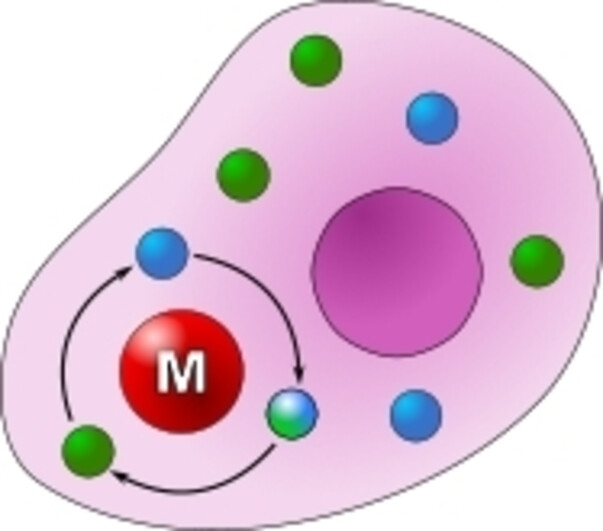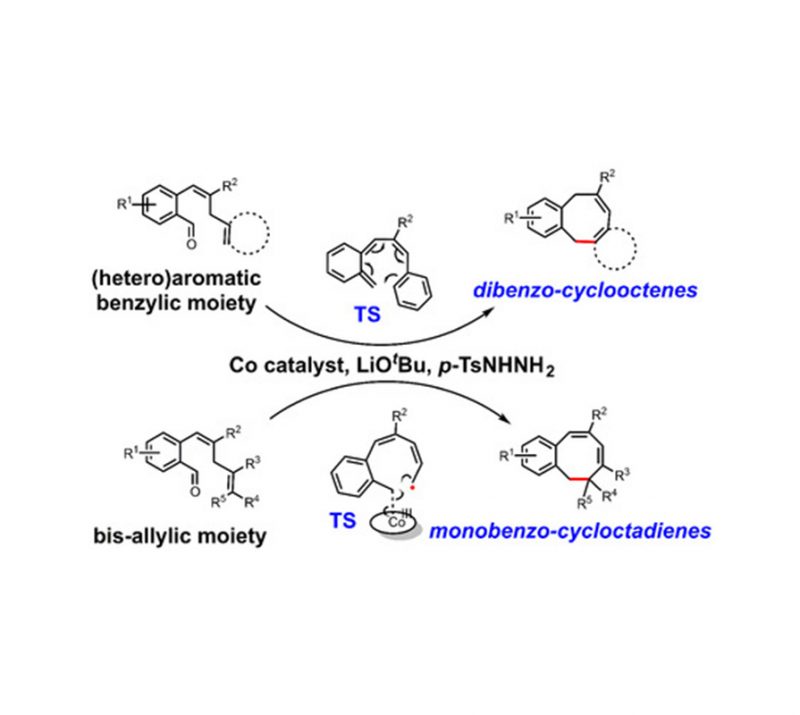
Catriona C. James, Bas de Bruin, and Joost N. H. Reek
Angew. Chem.Int. Ed., 2023, 62, e202306645
DOI: 10.1002/anie.202306645

Graphical Abstract
Transition metal catalysis is a powerful tool in synthetic chemistry; however, it has yet to reach its full potential in living cells. The hostile environment of cells towards metal complexes means that new strategies need to be developed to overcome poor reactivity.
Abstract
The importance of transition metal catalysis is exemplified by its wide range of applications, for example in the synthesis of chemicals, natural products, and pharmaceuticals. However, one relatively new application is for carrying out new-to-nature reactions inside living cells. The complex environment of a living cell is not welcoming to transition metal catalysts, as a diverse range of biological components have the potential to inhibit or deactivate the catalyst. Here we review the current progress in the field of transition metal catalysis, and evaluation of catalysis efficiency in living cells and under biological (relevant) conditions. Catalyst poisoning is a ubiquitous problem in this field, and we propose that future research into the development of physical and kinetic protection strategies may provide a route to improve the reactivity of catalysts in cells.


